by Lois Rose
Ready for a break from the winter blahs?? Consider planning a four hour drive to Cincinnati this year to see two horticultural gems.
Cincinnati Zoo and Botanical Garden
The zoo is the second oldest in the country. It resulted from an infestation of caterpillars in 1872. Residents created the Society of the Acclimatization of Birds, purchased 1000 birds from Europe and housed them, then released them in 1873, hoping they would eat the caterpillars. The group changed their name to the Zoological Society of Cincinnati. So what happened to the caterpillars?
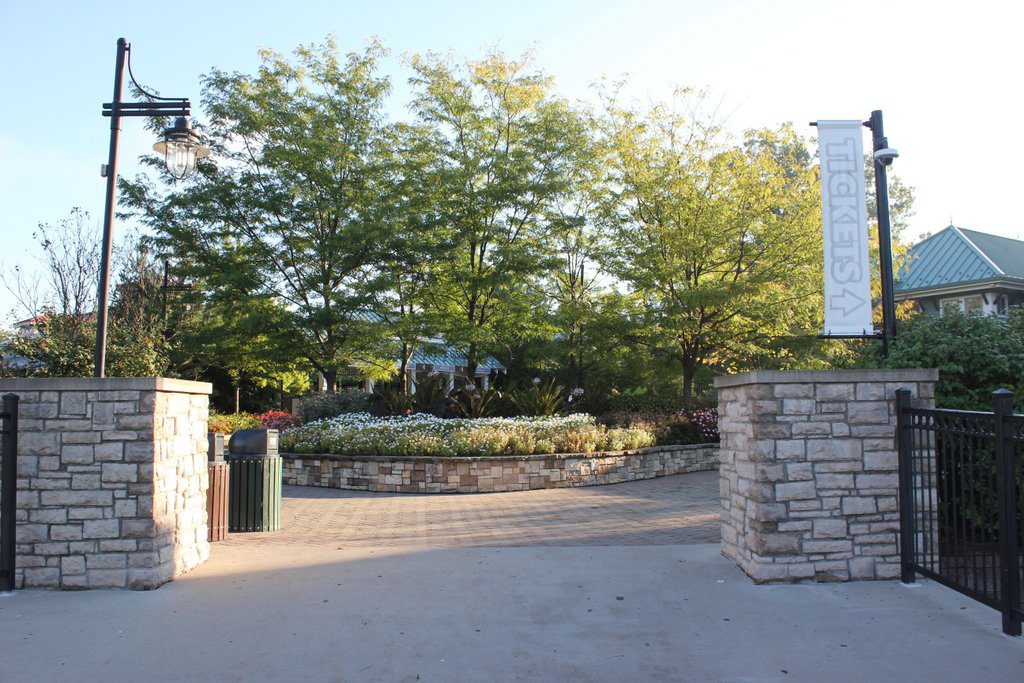
Traveling with the Master Gardeners, we were given a guided tour by Director of Horticulture, Steve Foltz. (Tours are available for groups with a donation.) You approach the zoo and gardens across an impressive bridge over the road, from the parking lot at a lower elevation. One of the first things you see at arrival is a large sculpture of Fiona, the hippo, who is a kind of mascot and advertising mainstay for the zoo. The zoo is known for the baby animals born on site, and Fiona is the best known.
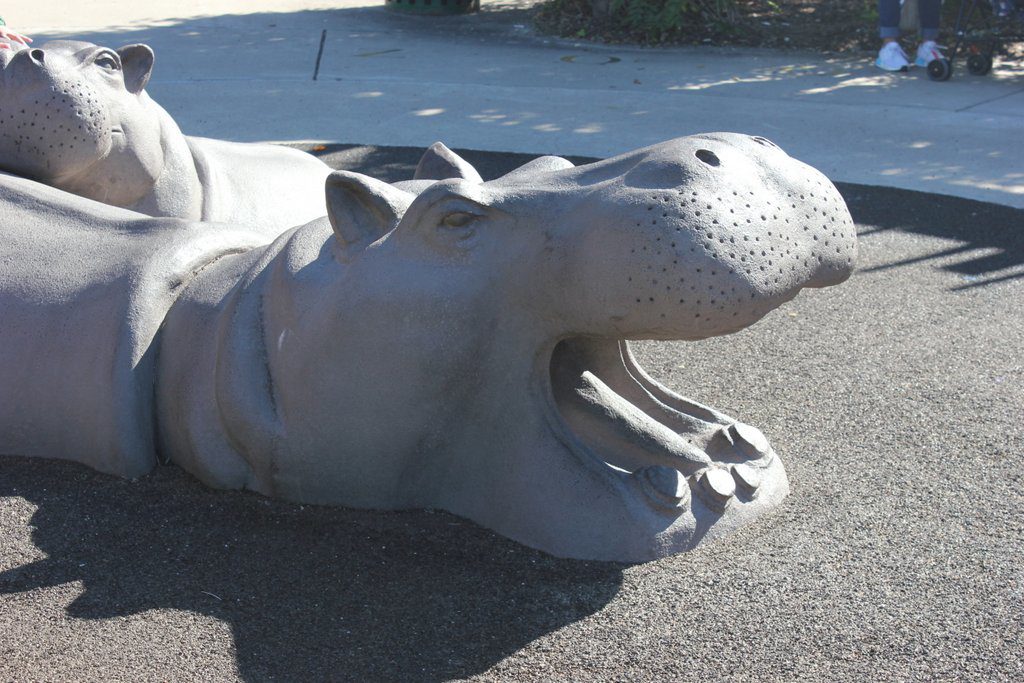
The botanical garden is visited, along with the zoo, by 1.7 million visitors each year. The Cincinnati Zoo and Botanical Garden has held annuals trials and displays for 17 years. Over 48,000 annuals are planted and then evaluated by professional staff, volunteers as well as by visitors. Some of the top ten for 2018 included Begonia Babywing Bicolor, Begonia Megawatt series, Canna Cannova Bronze Scarlet, Coleus Main Street Wall Street, Euphorbia Diamond Mountain and Helianthus Sunfinity. View 2018’s top performers here.
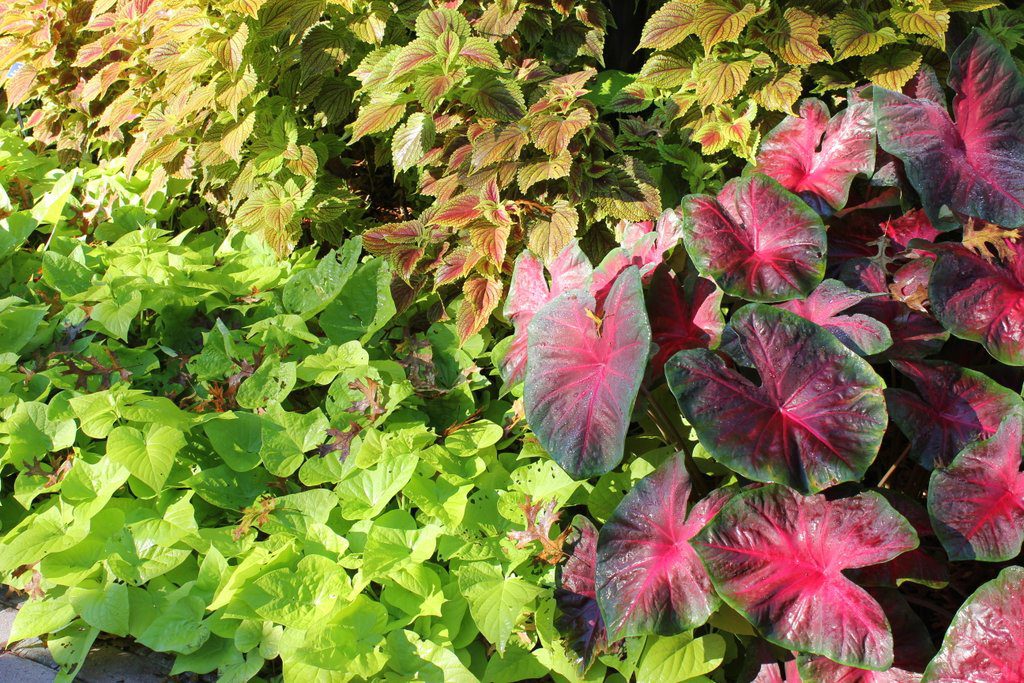
Annuals are used as mass plantings throughout the zoo and in containers. They are a magnet for pollinators, providing nectar and pollen through the season. (There is ongoing controversy about the relative merits of natives versus cultivars (nativars) for best pollination success. E.g., Monarch butterflies might benefit from pollen or nectar from non-natives but need native Asclepias (milkweed) to lay their eggs.)
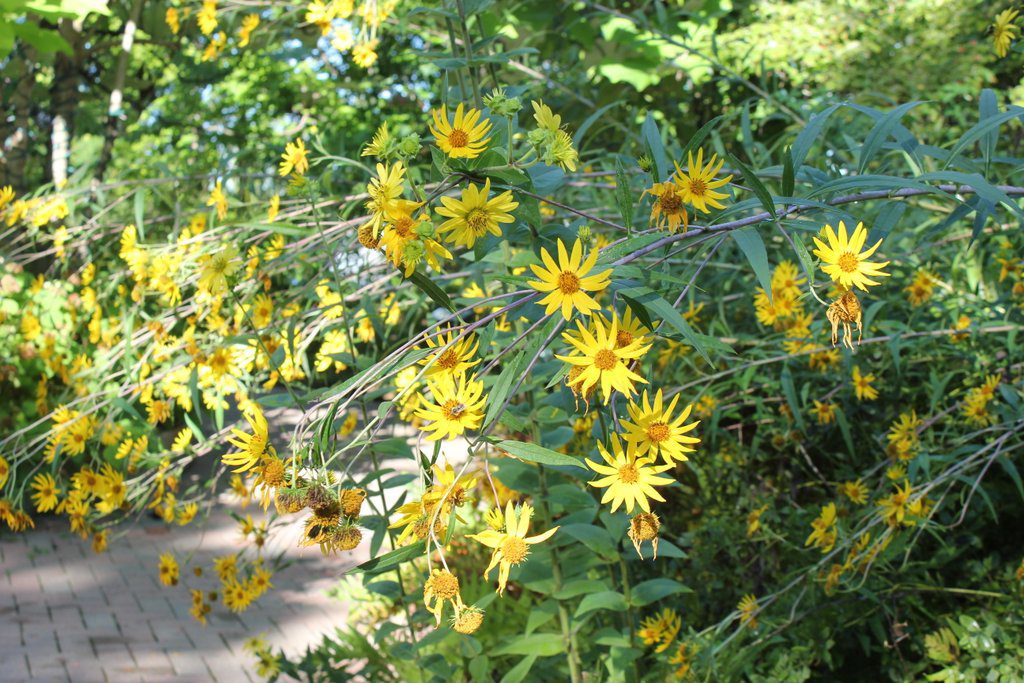
In addition to its outstanding displays of annuals, the Horticultural staff has made a serious effort to include hardy plants as well as tropicals that add a flavor to the areas surrounding the animal displays. Bamboo for example is used extensively, as well as perennials and bulbs like Colocasia (elephant ears) with large and interesting leaves to simulate tropical growth. Large leaved magnolias are used effectively in this way. Water features, rock outcroppings—natural and artificial, wandering paths that twist and turn, elevation changes, surprises around the next corner—this is an interesting and for those with limits on walking, a challenging tour.
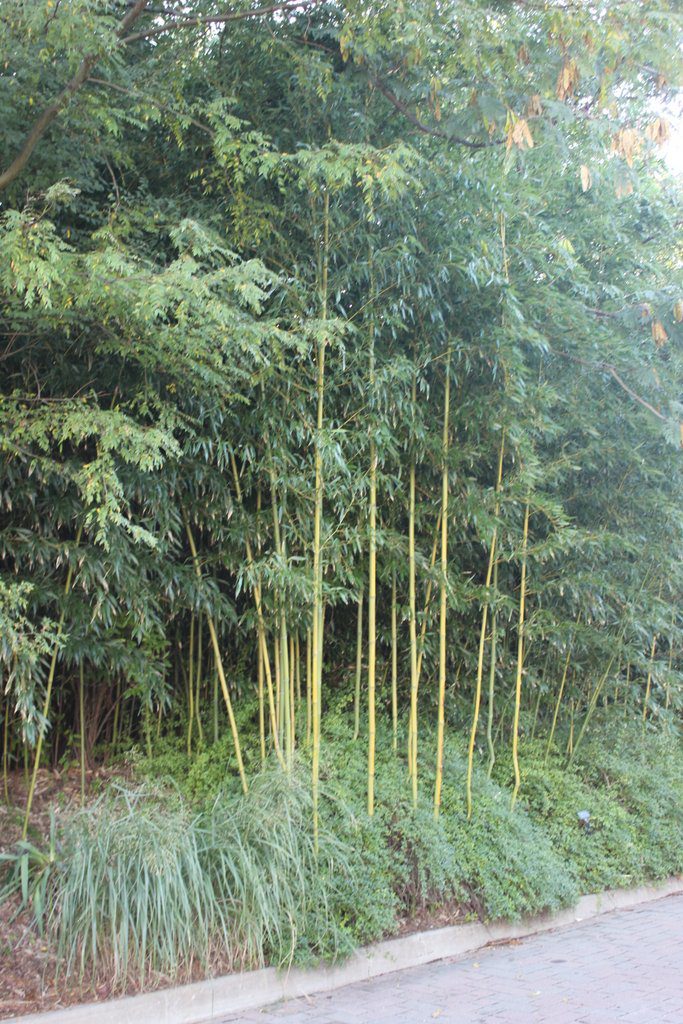
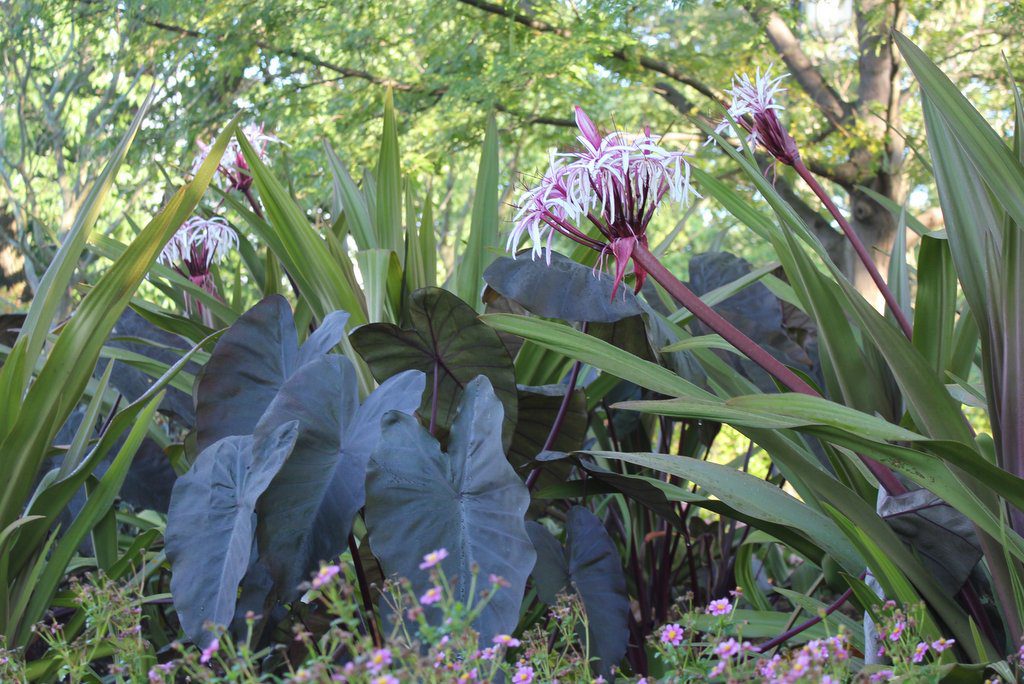
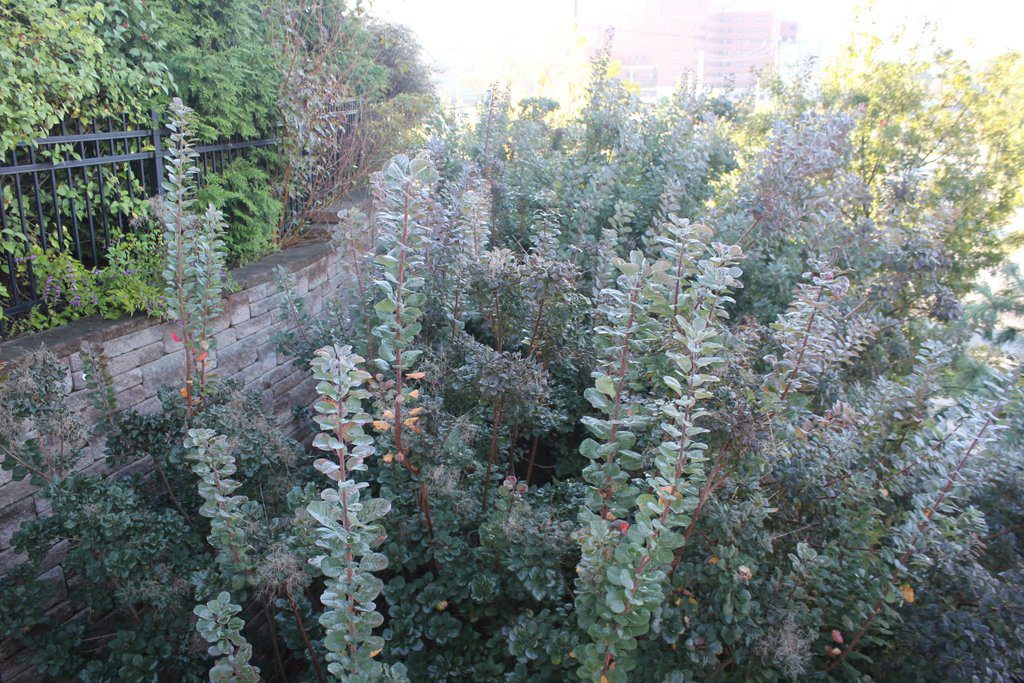
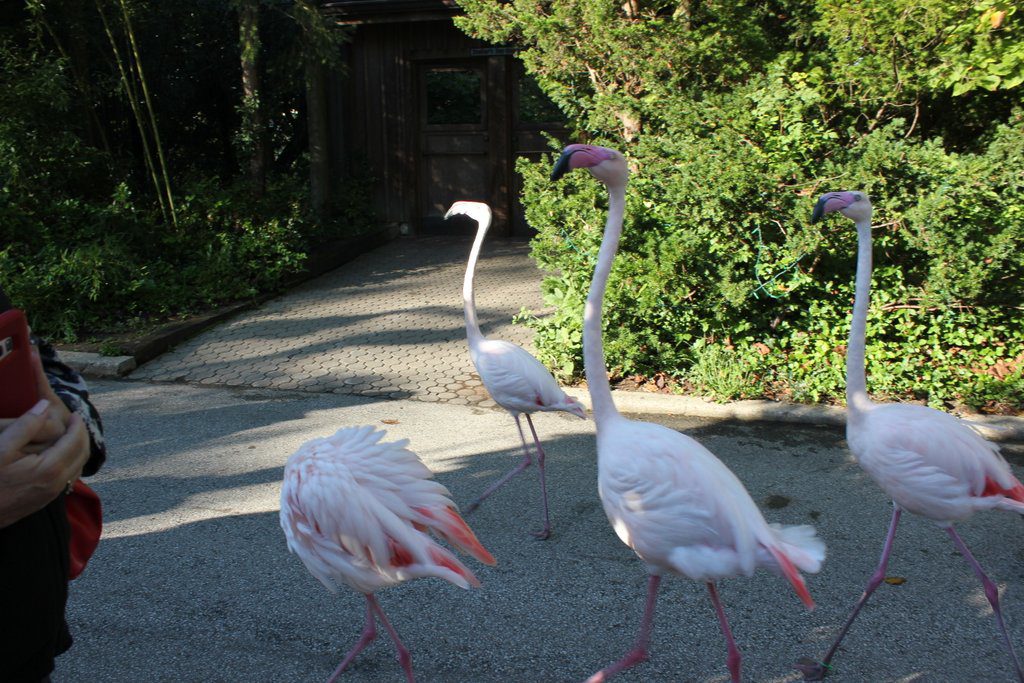
Smale Waterfront Park
For its first 50 years Cincinnati was a village on the river, between Fourth Street and the Ohio. In the 1830s, a building boom expanded the so-called Bottoms neighborhood into a crowded area with the Public Landing as its center. By the start of World War 1, the area was deteriorated and undesirable. Until—a few years ago, the space close to the John A Roebling Suspension Bridge (am I in Brooklyn?) brought adventure playgrounds, gardens, swings for grownups—in short, a dramatic and welcomed transformation.
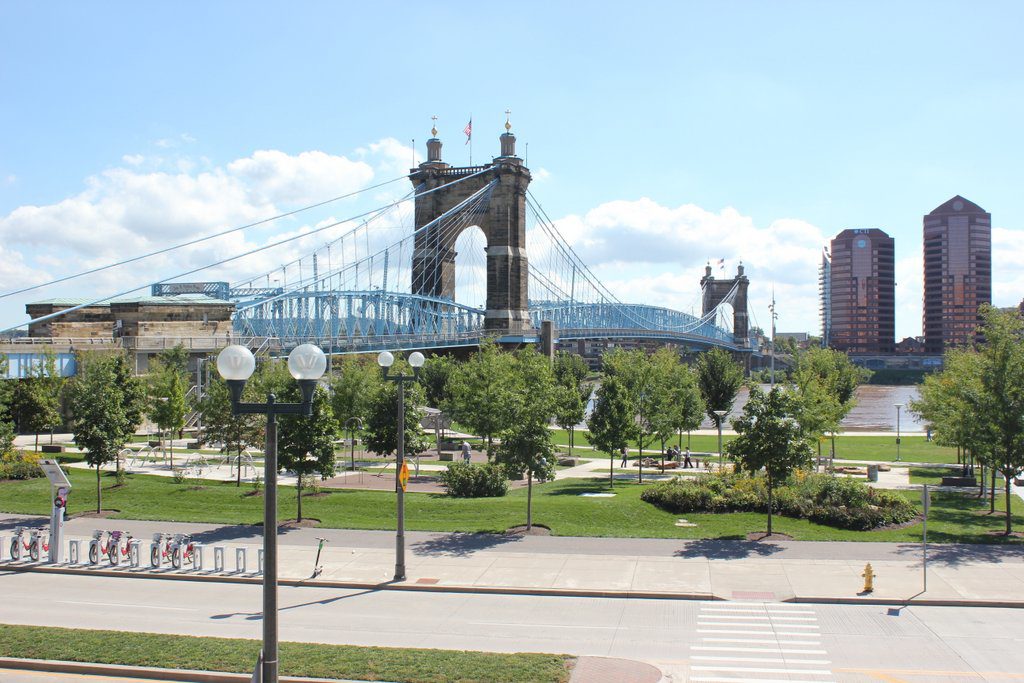
As of February 2015, almost $97 million in funding had been secured to construct Smale Riverfront Park, a $120 million project: 20 million was given by John Smale in honor of his wife. The cost per acre to construct was estimated around $2.7 million, compared to Chicago’s Millenium Park at more than $17 million per acre. An early estimate was that upkeep per year would be around $600,000.
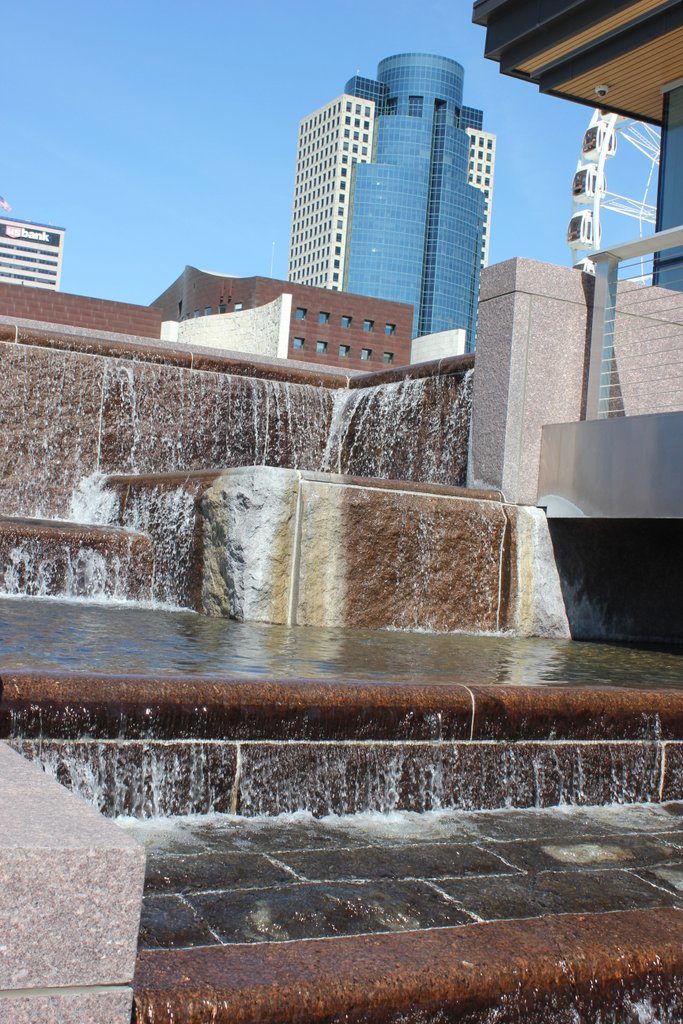
Chosen as designers in 2001, Sasaki Associates were inspired by input of citizens at a series of public meetings and focus groups beginning in 1998. Their design plans fitted into the Park Master Plan, created by Hargreaves Associates and approved in 1999 by pretty much everyone in power.
From a tourist’s point of view, the most impressive feature of the park is probably the John A Roebling Suspension Bridge which was created by the same designer as the Brooklyn Bridge. Its blue towers stand out over the riverfront, visible from everywhere in the park. The riverfront baseball stadium, The Great American BallPark, home of the Cincinnati Reds (oldest franchise) is right next door. In fact, on a previous trip, I was able to watch the big screen in the ballpark during a game while I was standing half way across the bridge from Covington. (Pete Rose was there. Wow.)
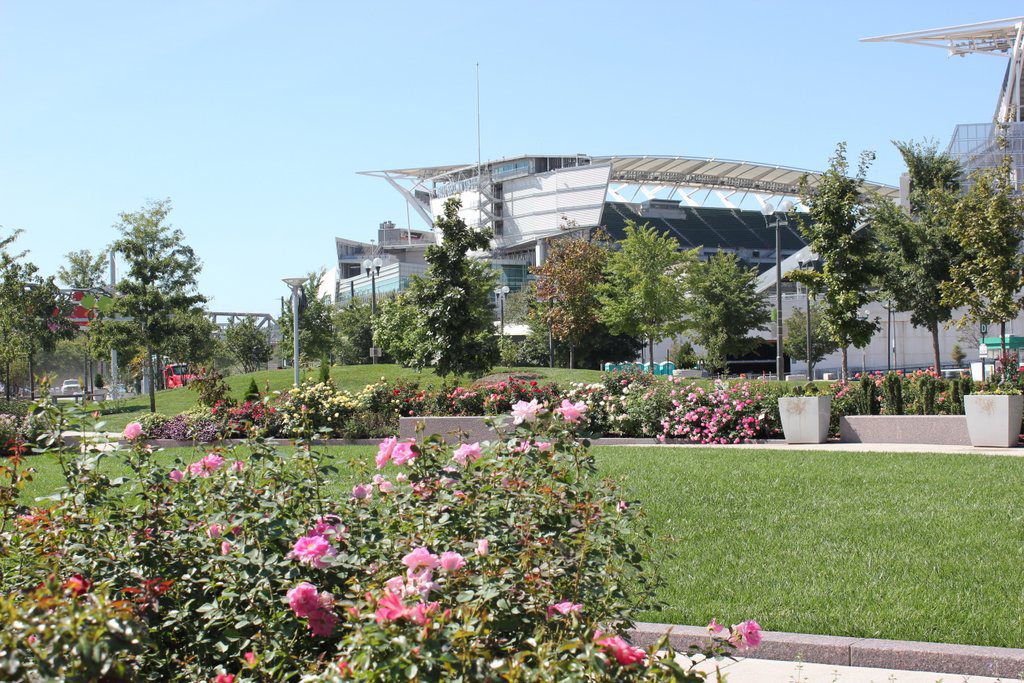
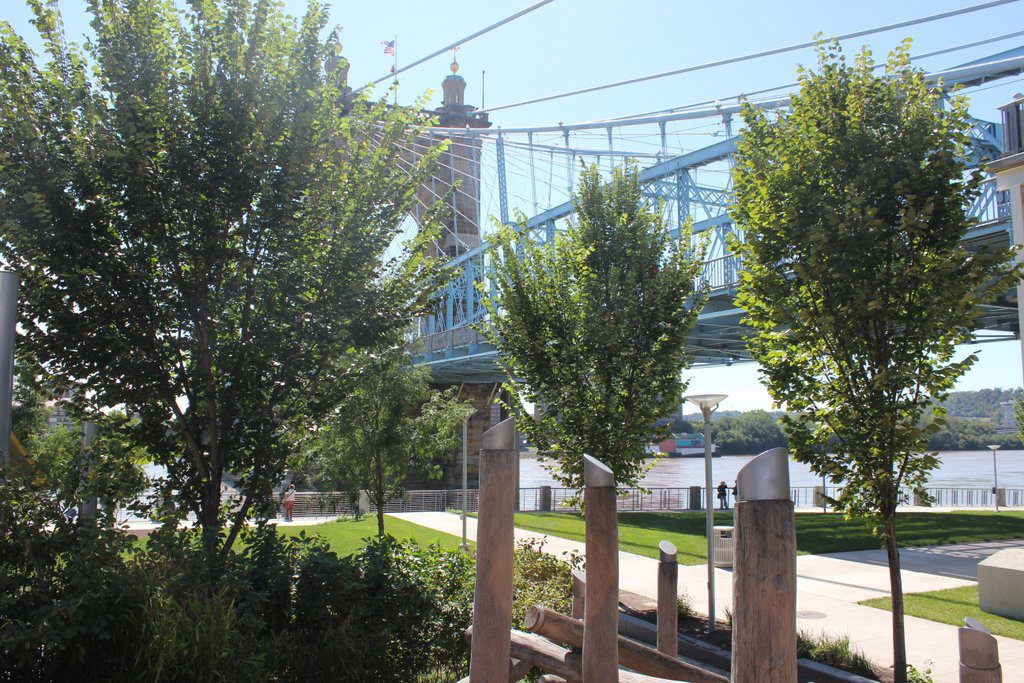
The park splays out along the river with wandering paths, water features, gardens, playgrounds—in short, much to do for children and their parents. Away from the river and a roadway, and up some impressively designed stairs with water rushing down beside them, the carousel sits in a fine spot for looking down over the park. Nearby is a Ferris wheel with great views from the top and further up there are shops and restaurants nearby.
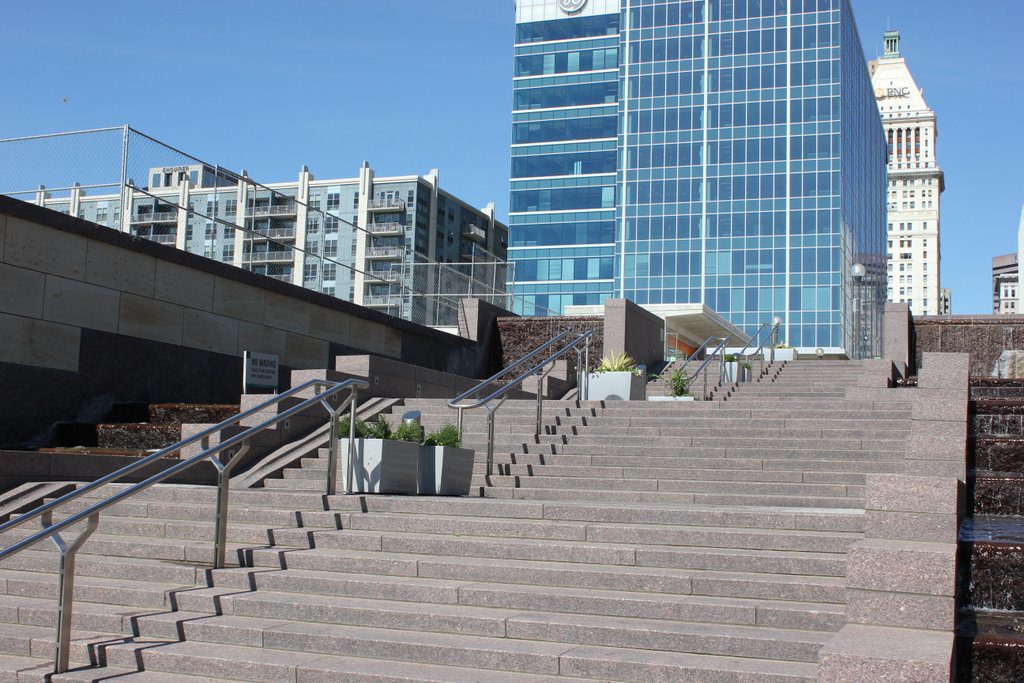
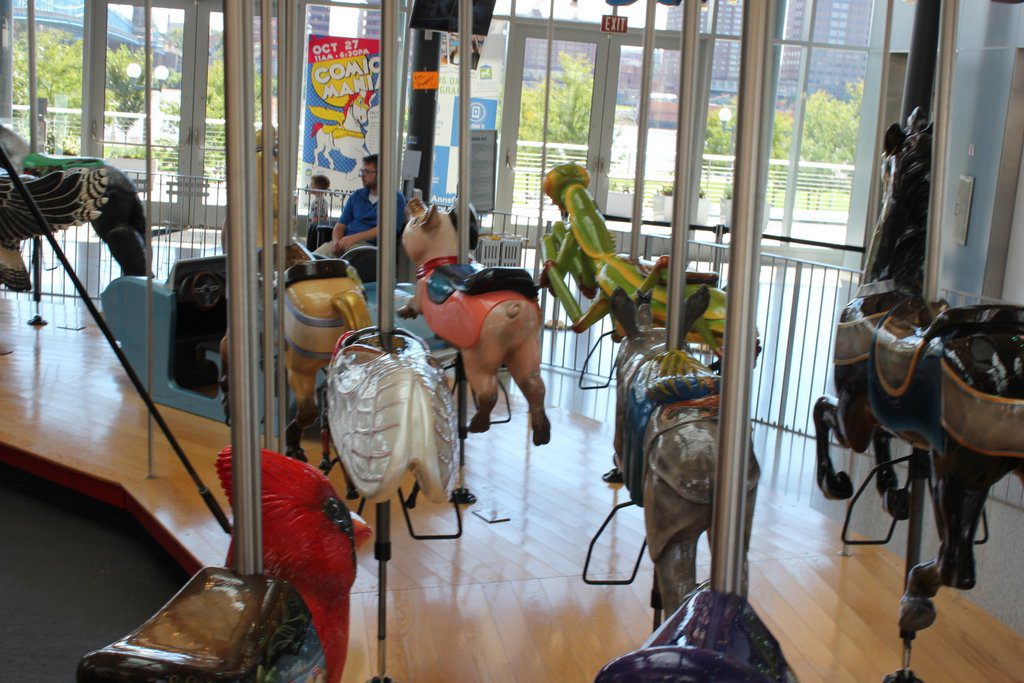
Be sure to try the rope bridge—a little intimidating but worth it. There are some rocks to climb, a large piano which you play with your feet, stones to leap on in a man-made stream, and many flower beds throughout. The rose garden is lovely with annuals full of butterflies and bees as well as a variety of well-kept roses.
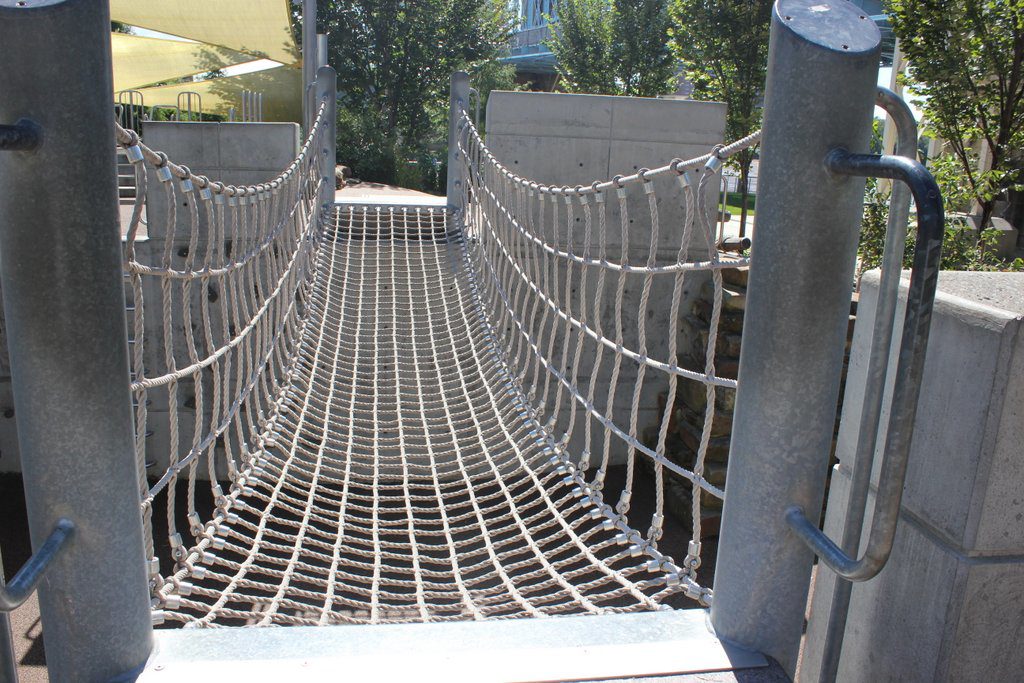
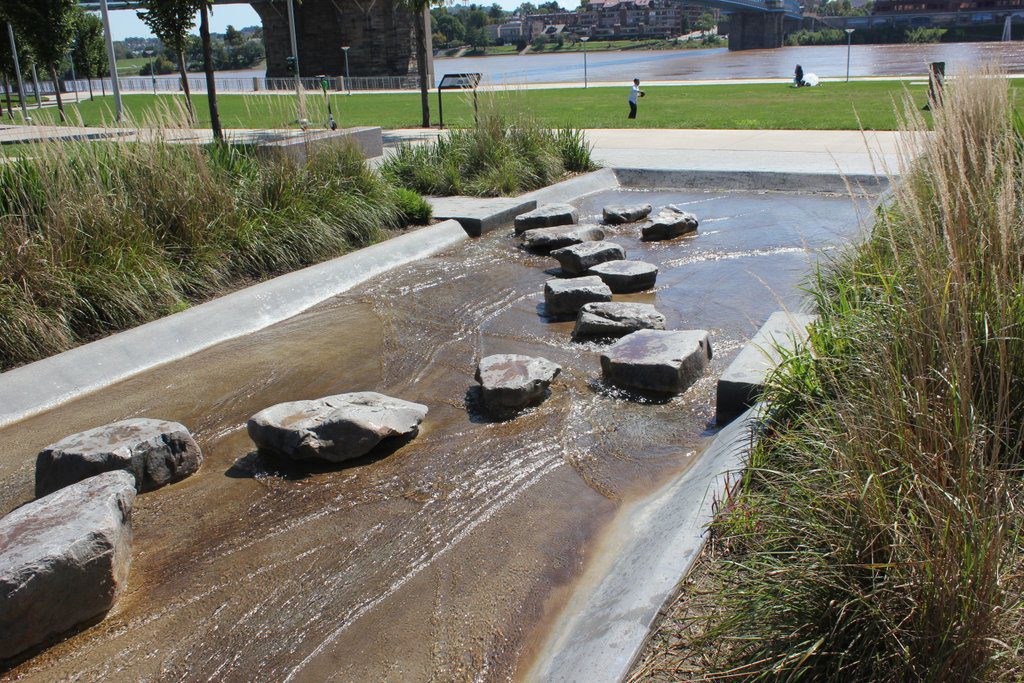
The swings under a handsome trellis offer a respite and a great view of the river. Speaking of the river, it flooded last year and the park was once again the Bottoms of old. But it seemed very well maintained and as good as new when we were there.
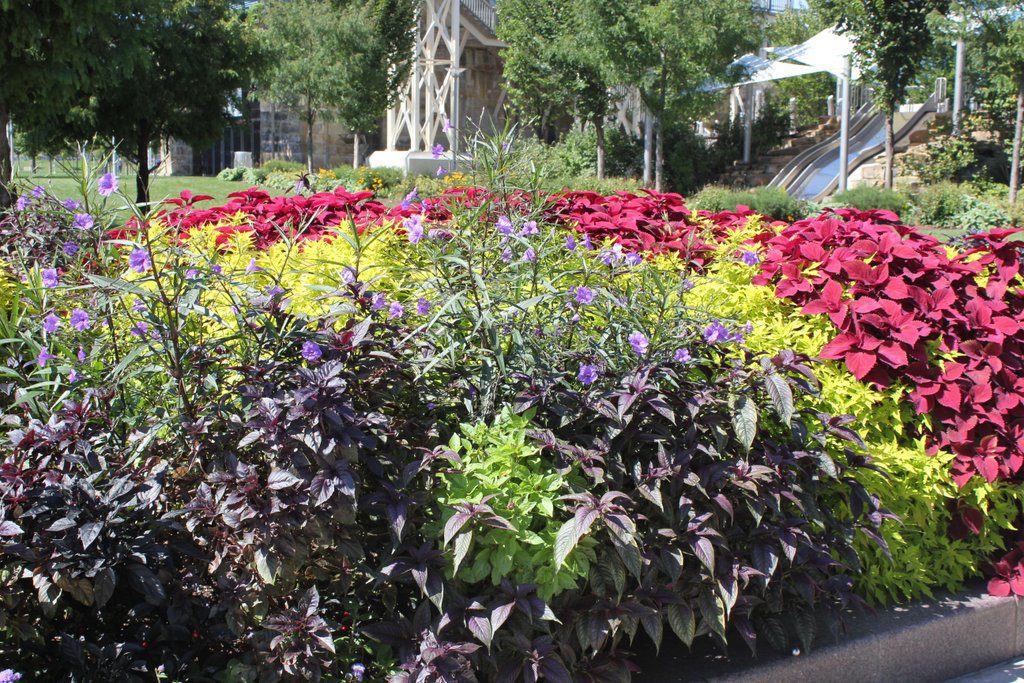
Excellent summary Lois